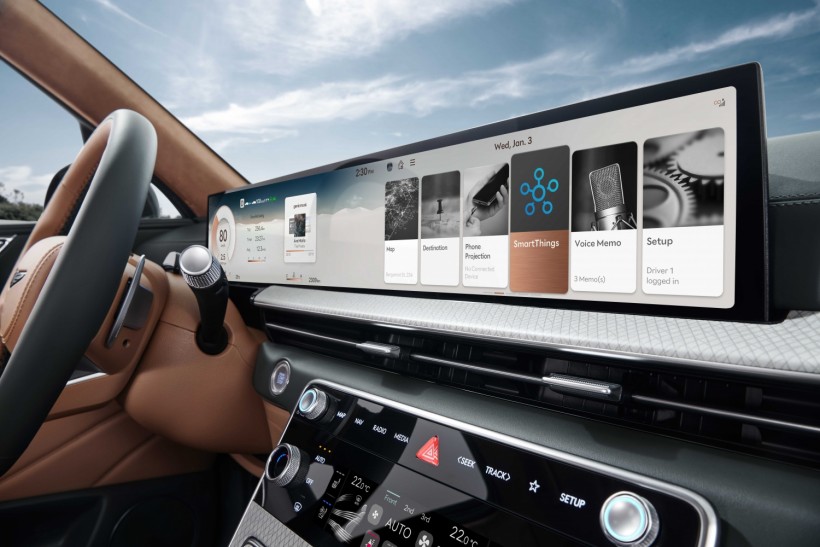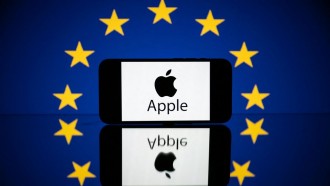Samsung and Hyundai are joining forces to integrate SmartThings into automobiles. The collaborative effort aims to enhance the connection between smart homes and connected cars.

(Photo : Hyundai Media Center)
Hyundai Motor Company and Kia Corporation announced that they have signed a memorandum of understanding (MoU) with Samsung Electronics for a service partnership, aiming to enhance the connectivity between residential space and mobility space.
Adding SmartThings to Cars
Samsung and Hyundai outlined their plans to integrate Samsung's SmartThings smart home platform into Hyundai and Kia's connected car services, as reported by The Verge.
This partnership, which involves "home-to-car" and "car-to-home" services, will also encompass an integrated home energy management service, marking a significant step toward seamless integration between smart home and automotive technologies.
The collaborative efforts between Samsung and Hyundai are set to redefine the next generation of smart homes by seamlessly integrating Samsung's SmartThings with Hyundai and Kia's connected cars, including electric vehicles (EVs).
This strategic partnership is dedicated to developing advanced "Home-to-Car" and "Car-to-Home" services and an integrated home energy management system. The Home-to-Car and Car-to-Home services link the smart home and in-vehicle infotainment systems, enabling remote control in both directions.
Leveraging the SmartThings platform, users gain the ability to execute various car-related actions from the comfort of their homes, such as starting the vehicle, managing smart air conditioning, adjusting windows, and checking charging status.
Additionally, the integration extends control from cars to home appliances like TVs, air conditioners, and EV chargers, fostering a seamless and interconnected smart living experience.
Enhancing Communication Between Homes, Cars
Samsung Electronics Executive Vice President, Chanwoo Park emphasized the transformative nature of the collaboration, envisioning enhanced communication between homes and cars through the integration of SmartThings and Hyundai and Kia's connected vehicles.
This partnership is designed to optimize integrated home energy management services, catering to evolving lifestyles. Under this initiative, users can seamlessly control various devices, including vehicles, through SmartThings routines such as "good morning routine" and "arriving home routine."
For instance, as a Galaxy smartphone's morning alarm signals the start of the day, curtains automatically open, lights illuminate, and the television springs to life. Likewise, when users prepare to leave for work, their car readies itself to an ideal temperature.
Additionally, smartphones and TV screens provide real-time information on the EV's remaining battery and driving range. This collaborative effort is poised to redefine user experiences by bridging the gap between smart homes and connected vehicles.
Also Read: Tesla Seals Multibillion-Dollar Deal With Samsung to Equip Self-Driving Cars with New Cameras
Haeyoung Kwon, Vice President of Hyundai and Kia's Infotainment Development Center expressed enthusiasm about the collaboration, emphasizing its potential to enhance the convenience of the connected car's Car-to-Home and Home-to-Car services across diverse domains.
The specific Hyundai and Kia car models set to support SmartThings remain unspecified at present, although a promotional image prominently features an Ioniq, suggesting a likely inclusion.
Hyundai has outlined plans to "develop stable service-providing infotainment systems" and introduce features through over-the-air (OTA) updates and USB-based updates for existing vehicles, though the specific models receiving these updates are not explicitly mentioned.
Related Article: Samsung's Batteries will be on Hyundai's Electric Vehicles by 2026






